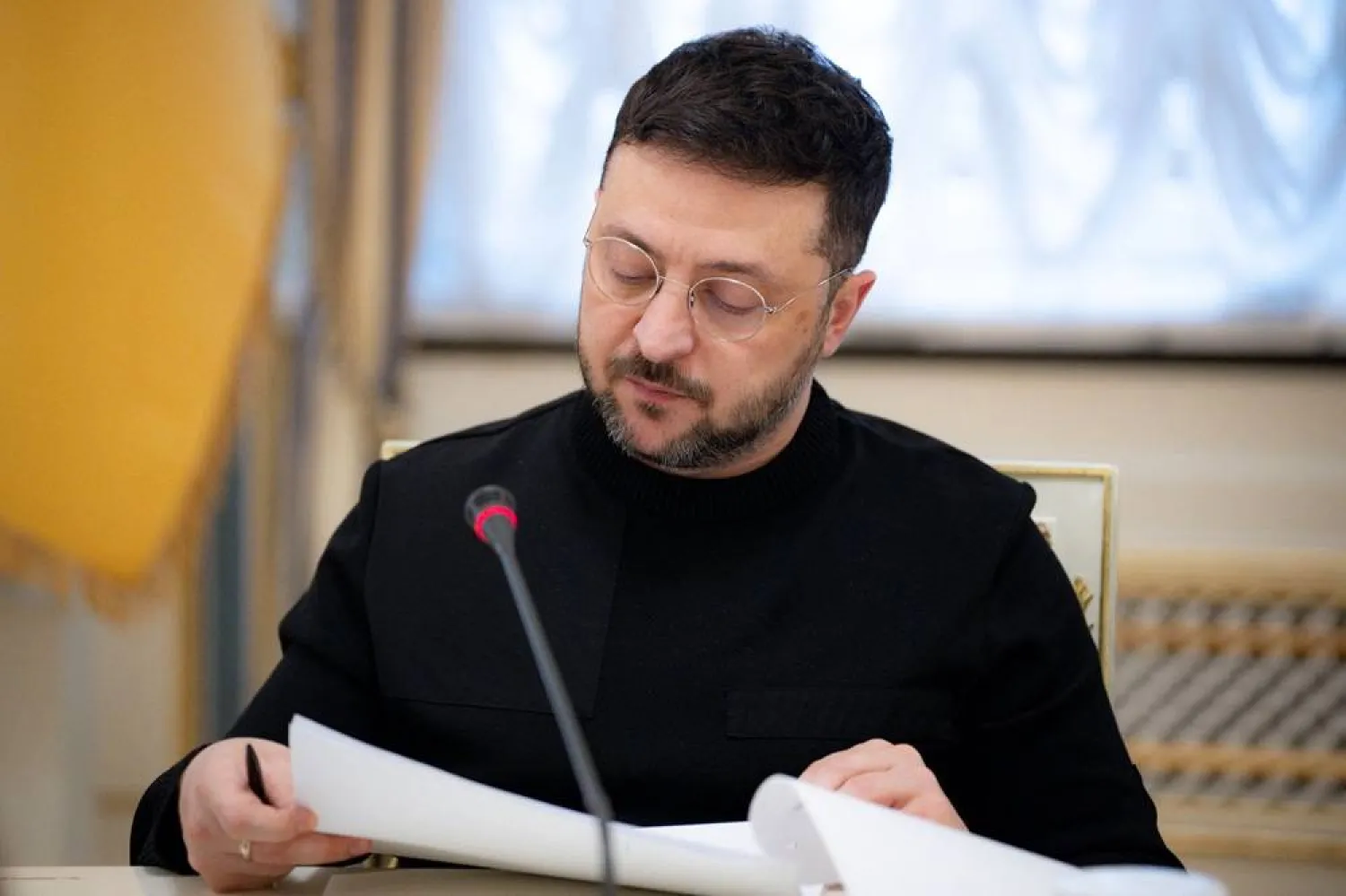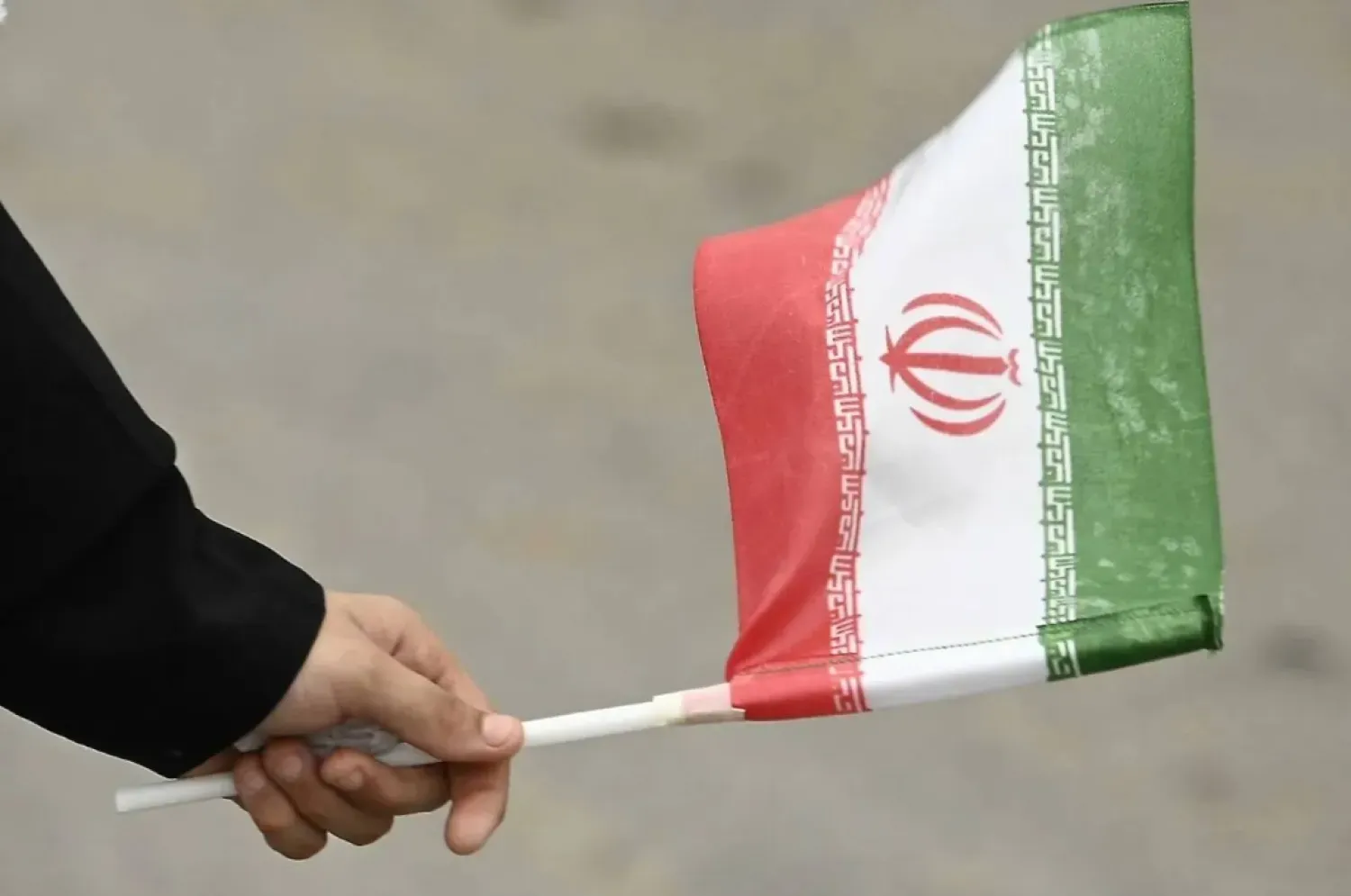Iran has witnessed significant outrage following the authorities' decision to flog a female activist for not wearing the hijab on Mother's Day, according to human rights activists.
The Iranian judiciary sentenced Kurdish activist Roya Heshmati to 74 lashes.
The Mizan agency, affiliated with the judicial authority, stated that the law carried out these actions.
Iranians expressed their anger, notably as it coincided with Mother's Day in Iran, which fell on January 4th.
Al-Shargh newspaper reported that Heshmati was arrested last April after posting a picture of herself without headcover, which is mandatory for women in Iran, as reported by the German news agency.
She was arrested in April "for publishing a photo on social media without wearing a headscarf," her lawyer, Maziar Tatai, told the Shargh Daily.
He indicated that the appeal against a 13-year prison sentence was successful. However, the flogging punishment for moral offenses remained in place.
Later, images circulated online showing signs of torture on a veiled woman's body. But Heshmati wrote on her now-closed Facebook account that the alleged pictures were not of her. She asserted that the whip lashes were weak enough to cause these wounds.
Heshmati announced her verdict in October of last year.
Tatai stated that the court sentenced her to 13 years and nine months in prison, in addition to a fine and 148 lashes, but the appellate court upheld the fine and imposed 74 lashes.
Heshmati described the room where the sentence was carried out as resembling a fully equipped medieval torture chamber.
Some female politicians, including prominent female dissident Zahra Rahnavard, objected to the lashing of the young woman for hijab.
"You who rule! You whip Roya Heshmati's body, but she, the one with an alert and resilient conscience, laughs bitterly at you. I abhor your manner of governance," Rahnavard, who has been under house arrest since 2011 along with her husband Mir-Hossein Mousavi, said in a message.
Azar Mansoori, who leads the Reformist Front and the People's Unity Party of Islamic Iran, objected to the sentence.
Mansoori stated that one could not be a Muslim and stay silent about Heshmati's flogging for hijab.
Iranian sociologist Mohammad Fazli wrote on the X platform that the law is meant to preserve human dignity so they can live in peace and tranquility, not to break hearts with news of the flogging of a fellow citizen on Mother's Day.
Iran witnessed massive protests following the death of Mahsa Amini, a young Kurdish woman after morality police arrested her.
Her death last year sparked the most significant protests in Iran in decades, which were brutally suppressed by the authorities.
Since then, an increasing number of Iranian women have been seen in public places without wearing the hijab or adhering to rules.









